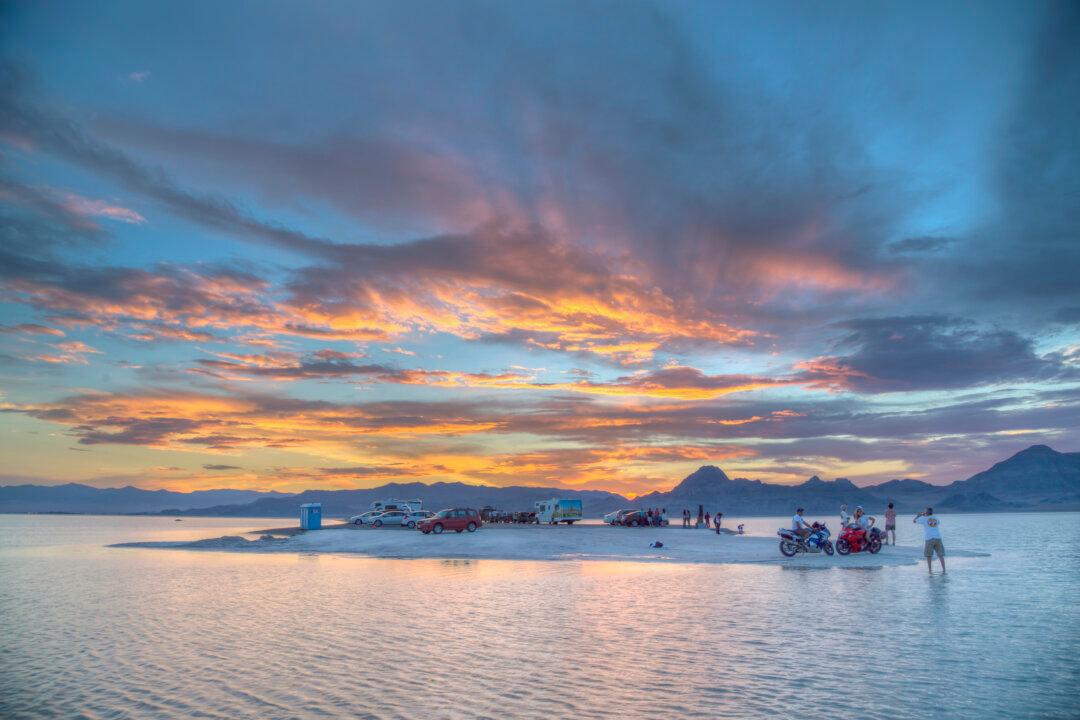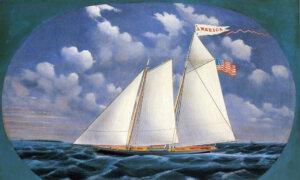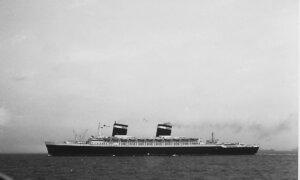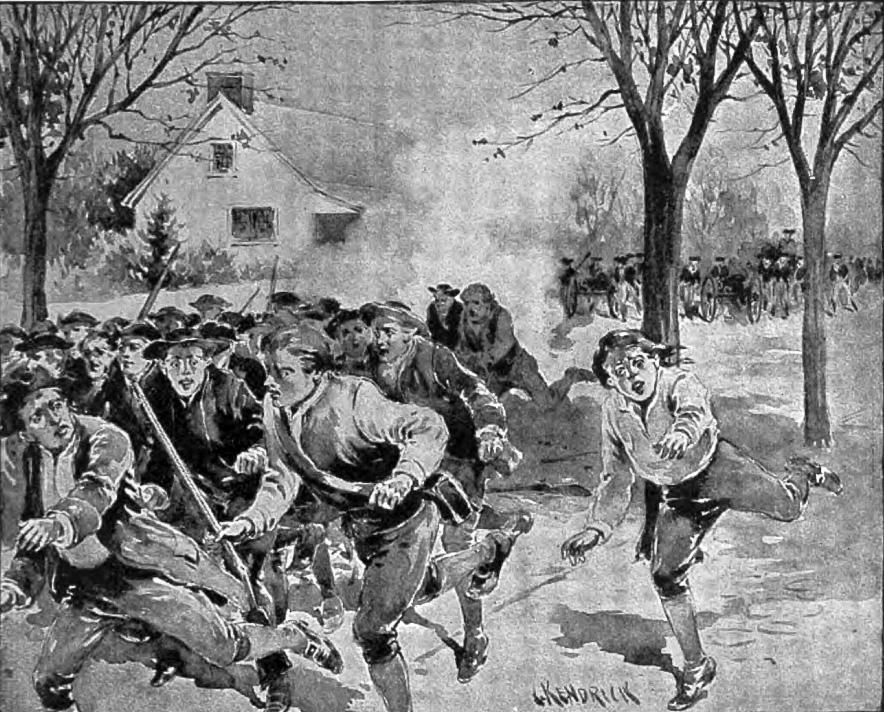During the early 1800s, exploration of the Pacific Northwest was extensive and varied. Fur trappers, such as those who worked for the Pacific Fur Company, were the first to venture through the vast expanse. Trappers sought to establish trading posts, and while doing so, relayed their experiences. Based on these testimonies, the American government wished to establish trails to make it easier for settlers to make their way across the continent. Men and women braved the terrain and weather led by guides, such as Joseph Walker and Joseph Chiles.
Around the turn of the 19th century, the French-born Benjamin Louis Eulalie de Bonneville immigrated to America at the age of 7. He graduated from West Point in 1815, and quickly became a useful explorer and surveyor for the United States Army. In 1832, the Army granted Bonneville a one-year absence to explore the Pacific Northwest, specifically Oregon, Idaho, Montana, and Wyoming. This expedition was financially supported by Alfred Seton, who had been part of the Astor Expedition (named after John Jacob Astor, founder of the Pacific Fur Company). Joining Bonneville were 110 men, one of whom was Joseph Walker.

During this expedition, Bonneville divided his expeditionary group and sent emissaries into California and Utah. Walker was one of the leaders of these emissaries, and in 1833, he surveyed the Great Salt Lake area. The emissary expedition also surveyed and mapped the Salt Flats, which Walker named in Bonneville’s honor.
Walker and Chiles
In 1841, another expedition left Missouri in an attempt to establish another trail, but this time through Utah and into California. The Bartleson-Bidwell Party was a group of 60 men and women. Following the Oregon Trail, the group reached today’s Pocatello, Idaho. At this juncture, the group split, with half continuing on the Oregon Trail and the other half sticking to the original plan. This group, which included the recently widowed Joseph Chiles, is considered the first to pass safely through Utah on wagons. These travelers are the originators of the California Emigrant Trail, part of the California Historic Trail.
Although the Bartleson-Bidwell Party were forced to abandon their wagons in Nevada, they finally reached their destination. Chiles, who had left his children in Missouri, returned to bring them back with him. Other travelers soon joined him.
The Frémont Expedition
Around the same time, Lt. John C. Frémont was ordered to conduct an expedition of the Far West on behalf of the Army Topographical Engineers. The purpose was to survey the boundary along the Mexican-American border in Colorado, as well as survey the territory west of Wyoming’s Wind River all the way to where the Columbia River emptied into the Pacific. As the Frémont Expedition followed the Oregon Trail, Frémont decided to explore an area which he’d only heard rumors about.
A Home for Speed
Part of this area included the Salt Flats—a 30,000 acre expanse (46 square miles). The promise of a speedy journey during the Great Western Migration was not the reason it became known as “The Birthplace of Speed.” That came a century after Bonneville’s expedition, long after the Mormons had founded and settled Salt Lake City, and well after Americans had traded their wagon wheels for spokes and tires. It was W.D. “Bill” Rishel, who in the early 1930s, claimed that the Bonneville Salt Flats was the “Birthplace of Speed.”Well before that claim, Rishel had sung the praises of this lifeless place. He believed it was full of potential for the growing automobile industry. Rishe was competing with other cities, like Paris and Daytona (a city that also claims the moniker of the “birthplace of speed”), where drivers and speed enthusiasts of all stripes congregated and competed.
The Fastest Man
Jenkins was born to Welsh immigrants in 1883, 50 years after Bonneville’s emissary surveyed and mapped the Salt Flats. He was born in Spanish Fork, Utah, but a few years later his parents moved just north to Salt Lake City, and it was here that Jenkins eventually made a name for himself. His rise to fame, however, was slow. He worked for the Denver and Rio Grande Western Railroad as a sign painter before becoming a carpenter and a mason. When his career opportunities improved, he became a building contractor in 1910.A few years earlier, at the age of 23, Jenkins purchased his first car. Racing soon became a hobby, and by 1923 he was driving for carmaker Studebaker. He was racing competitively, and not just against automobiles. His first big race came against a train.

In 1925, construction of a highway into the Bonneville Salt Flats was nearing completion. As part of the ceremonial festivities, Jenkins was asked if he would be willing to race the steam engine of the Union Pacific Railroad across a stretch of approximately 120 miles from Salt Lake City to Wendover, Utah. He accepted the challenge and defeated the train by about five minutes.
The following year, Jenkins put his Studebaker to the test again against another train. This time, the distance was much longer: New York City to San Francisco. Jenkins covered the distance in a coast-to-coast record of 86 hours and 20 minutes. Two years later he completed his first 24-hour race in Atlantic City.
The Great Promotion
In 1928, the same year as Jenkins’s Atlantic City race, Studebaker purchased the automaker, Pierce-Arrow. The company called in Jenkins to improve the Pierce-Arrow’s V-12 engine. While at the auto plant in Buffalo, Jenkins and Karl Wise, the engine’s designer, improved the output from 130 horsepower to 175. The newly renovated engine gave Jenkins an idea. He would conduct an endurance race with the V-12 engine at Bonneville Salt Flats.In 1932, Jenkins sat inside the new, but stripped-down Pierce V-12 Roadster. His friends had designed a 10-mile circular course in the salt flats. The Utahn racer drove for 24 hours, covering 2,710 miles at an average speed of 112.96 miles per hour. He had surpassed his goal of 2,400 miles, but fell just shy of the world record. The following year, he broke the record. In fact, he broke 14 speed and endurance records, including the average speed record at 117.77 mph. Jenkins would later surpass that with 127.229 mph.
In Come the Brits
Global champions, however, didn’t wait for 1936. In July 1935, the British racer John Cobb arrived to best Jenkins’s endurance record. Jenkins, fully aware of the significance of the moment, ensured all of his equipment was available for Cobb to use. If Cobb broke his record, he could always rebreak it. But the publicity that would come with Cobb’s achievement would be gratefully insurmountable. Cobb did break Jenkins’s record with an average speed of 134.85 mph.
Two months later, Bonneville Salt Flats would experience arguably its most significant moment when Sir Malcolm Campbell arrived to beat his own land-speed record of 276.82 mph, which he had set earlier that year in Daytona. It was during this week in history, on Sept. 3, 1935, that Campbell set the new land-speed record at 301.13 mph. It was the first time any vehicle had achieved the 300-mph mark.
Bonneville Salt Flats was officially the world’s premier location for land-speed trials. Perhaps this was why Rishel believed he could now claim it as “The Birthplace of Speed.”
As for Jenkins, he reset the world endurance record the following year, covering 3,254 miles in 24 hours at an average speed of 153 mph, a record that remained until 2005, when it was broken by an eight-man team.
Every year, Bonneville Salt Flats hosts numerous speed events, including SpeedWeek, Bonneville Motorcycle Speed Trials, World of Speed, and the World Finals Event.
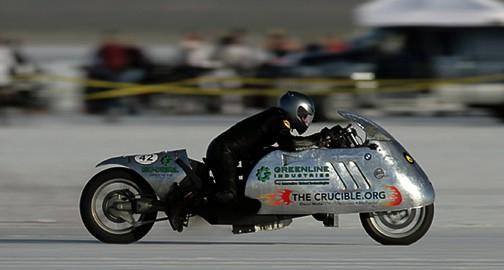 Wendyhoney/
Wendyhoney/
